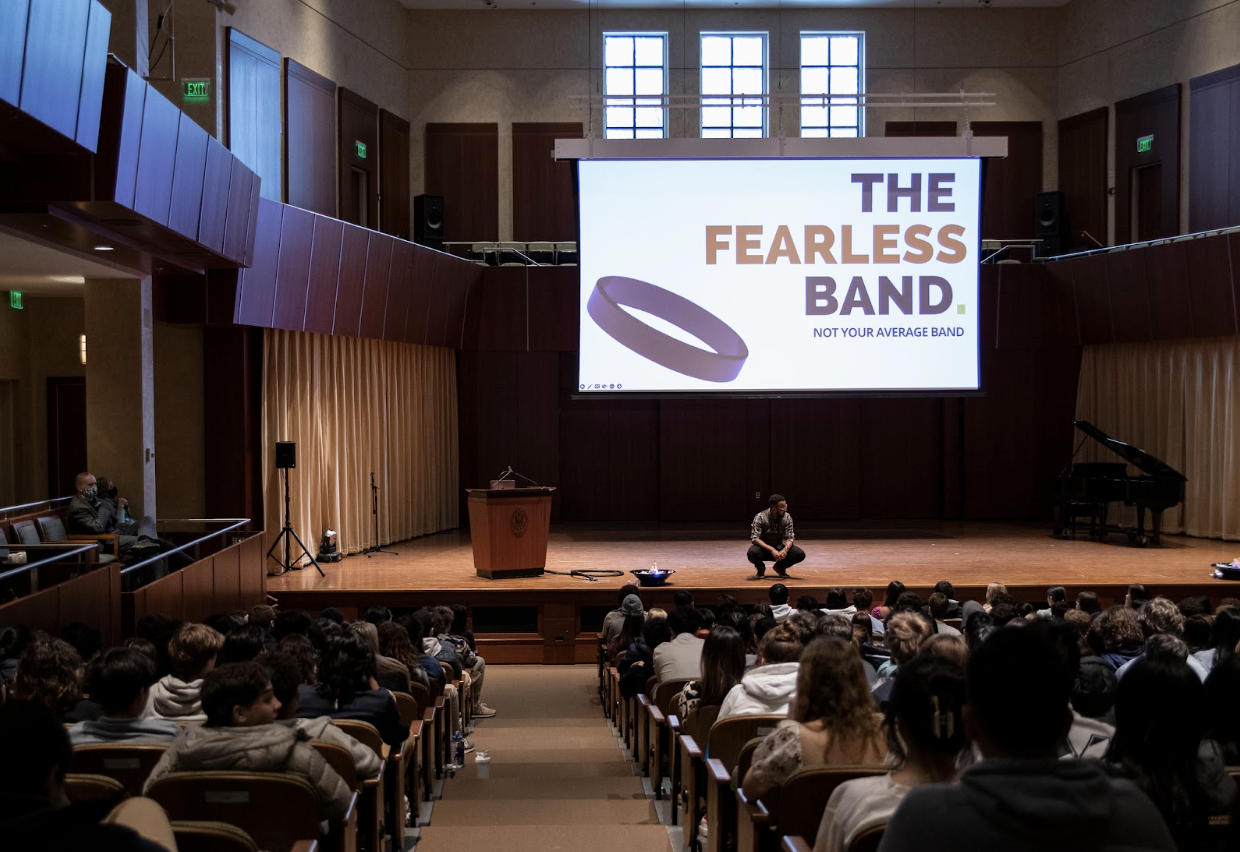by Jonathan Hernández
Have you seen those snazzy new Instagram posts highlighting the Soccer team’s upcoming match with Brooks or the post of Field Hockey Girls celebrating their win? Would you be surprised if you found out that many of these stunning graphics and great photos were from St. Mark’s students?
As part of a new push to revitalize the St. Mark’s School Athletics Varsity Team Instagrams, various players and managers from each team have the honor to help standardize the social media. The synthesis of pages and profiles improves their overall aesthetic and adds a more professional look. When seven teams post about their upcoming game using the same colors, fonts, and logos, they look put-together and clean-cut rather than seven different fonts and shades of blue that may clash. The training for student players and managers included learning which fonts should be used, which school logos are best, how often they should be posted, and how to make visually appealing materials.
Classics Teacher Mr. Davey spearheaded the organization of these student social media stewards as he trained and collaborated with the students to create amazing content and enhance their social media pages.
From student accounts, the individuals working on social media really enjoy this new initiative. VI Former Maddie Bazineit, one of the Managers for Varsity Field Hockey describes her delight in creating content; “It has been an amazing experience getting to capture these connections and share them with the rest of the St. Mark’s community... Now that we are able to upload posts and messages, we have a creative outlet to express the ways in which this team interacts with one another.” She continues to describe how she hopes to continue creating posts highlighting her team's outstanding energy before a game and after a win so that, hopefully, all players can eventually see themselves featured on the Instagram page. Over at Girls Varsity Soccer, VI Former Mia Overbye, a player for the team, also steps up her team’s social media presence with stunning game day posts reminding their followers to drop by their games. As someone who enjoys communications and sports media, Mia highlights her appreciation for participating by playing and serving as a social media guru. With her team’s page, she looks forward to posting mic ’d-up practice videos highlighting members of the team and some regular practices.
Whether the student social media managers are team Managers or Players, students are excited to continue working on St. Mark’s Athletic Teams Social Media Pages. Everyone can’t wait to see that next post!















